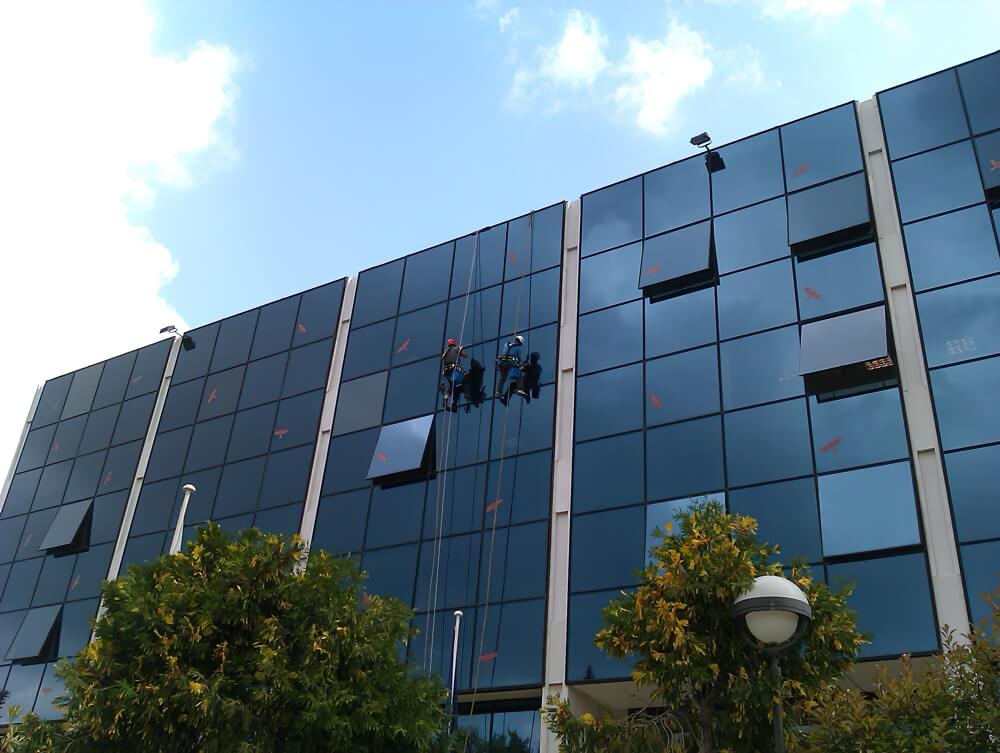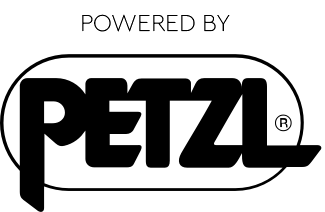SAFETY AND WORK POSITIONING AT HEIGHT
WHAT IS WORK AT HEIGHT
The term Work At Height (WAH) stands for every type of work, where the need to control the risk of falling from a height liable to cause injuries arises.
The use of protection equipment for working at height, personal or collective, can be used to eliminate the risk.
For each means of access for work at height positioning there is the suitable means for protection. For example guardrails for scaffolds, safety harnesses and attachment of technicians on mobile work platforms (baskets etc.), safety harnesses and attachment of technicians working on exposed environments, safety harnesses and attachment of technicians climbing on lattice towers and girders, safety harnesses and attachment of technicians working on ropes.
All means of access in a work at height positioning have their advantages and disadvantages. Their suitability depends on the type of works to be performed, its duration and of course its cost.
Responsible for the safety of the workers is the owner of the project. This means that the owner must ensure that all employees in this work, either his own, the contractors, or self-employed, are using appropriate means for access and safety and that they are trained in their use. See here our training programs for Workers At Height

ROPE ACCESS METHOD – ISO/IRATA
The rope access method “IRATA International Code Of Practice” applied, is a tested method which provides safe work positioning at a height or areas where the access is difficult.
Our method involves the use of low weight equipment which can be set up fast, is easily transferable and does not cause the inconvenience that machines or scaffolds do.
Using Working At Height methods we can access the most unthinkable places and perform each task undertaken with speed and safety, guaranteed by our extensive training and years of experience.
The main characteristics of the method applied are the following:
- the system includes at least two separately anchored lines, one as a means of access, egress and support (working line) and the second as backup (safety line).
- the technicians use the appropriate harness connecting them to the safety line.
- the working line is equipped with safe means of ascent and descent and has a self-locking system to prevent the user from falling should he lose control of his descent. The safety line is equipped with a mobile fall prevention system which follows the movements of the technician.
- all tools and other accessories used by the technician are secured to his harness or seat or by other appropriate means.
- each task is properly planned and supervised, so that in case of an emergency rescue is provided promptly.
Rope Access has been applied abroad for some decades now, and more recently in Greece as well. It is fully analyzed in ISO 22846 and in IRATA International code of practice for industrial rope access and complies with Greek and European safety regulations and standards, according to which we operate.

